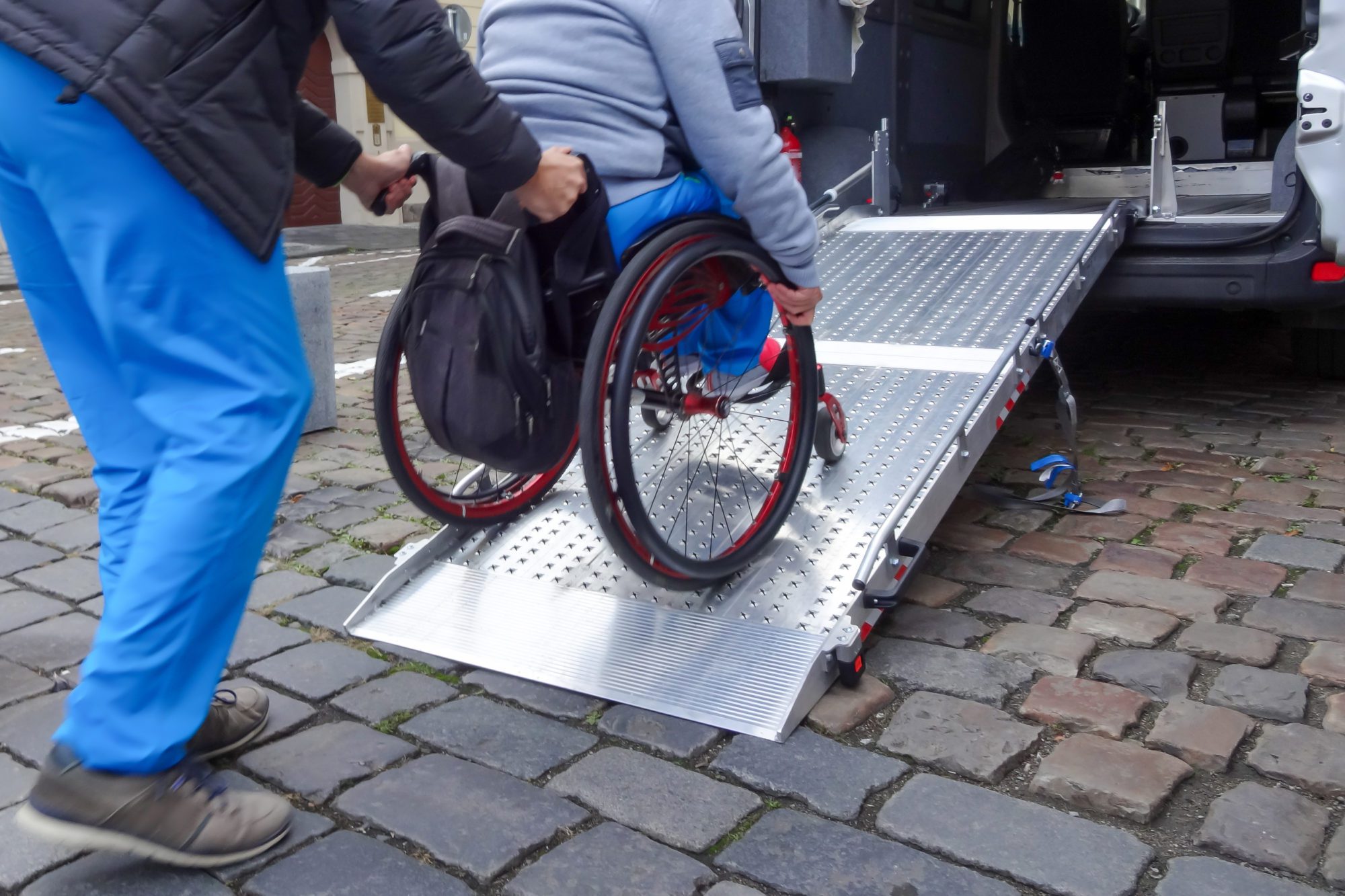
In any organization, safety should be top-of-mind for both employees and consumers. Especially in the human & social services industry, keeping both client and caregiver safe is essential. One of the most common sources of injury is unsafe client handling.
In an article published in the American Journal of Nursing, research indicated that many facilities do not have equipment installed to assist with patient handling or training with modern best practices. In the same article, it said, “Safe patient handling equipment not only prevents staff and patient injury and improves patient mobility and outcomes, but pays for itself by reducing workers’ compensation claims and use of sick time and disability.”
Hearten’s focus is to help organizations in the human & social services space to reduce their workers’ compensation claims and ultimately stabilize the cost of premium. One of the ways we support member organizations with that effort is by providing them resources for an effective safety program.
What are the components of a Safe Client Handling Safety Program?
Make Safety a Priority – A dedicated safety professional or safety committee should be established to drive the priority that is safe client handling. This person or team should be staying up to date on changing trends and best practices, developing protocols and enforcing those protocols.
Active Leadership – No matter how engaging, effective and innovative a safety committee can be, their efforts are often fruitless without top-down leadership setting the example and driving accountability. Safety professionals should have support and commitment from supervisors, leaders and decision makers, otherwise their efforts are futile. Without full buy-in and engagement from the top of the organization down, it will be a challenge for staff to actively participate in the safety program.
Robust Training – It’s important that safety training, especially when it comes to a hazardous task like client handling, is not simply a box that is checked with one-time instruction during onboarding or a section of a handbook. Offering a comprehensive training program with periodic touchpoints and reminders can be more engaging and impactful to your staff. Allowing the opportunity for staff to ask questions and feel a part of the training can make a world of difference in keeping staff and clients safe.
Core Elements – A safety program should have core elements that encourage critical thinking and problem-solving skills. This will inspire your staff to make the right decisions in that moment since there won’t always be a trainer there to tell them exactly what to do. Consistency is important, and all staff should be trained the same way, even if from different trainers. Helping to promote communication amongst your staff is also important. This is especially true in the area of safe client handling, as these activities can often be more than a one-person job. Roles must be clearly defined. Finally, accessibility to training materials and trainers is important so employees have a resource besides word of mouth to address any question or concern.
Tailored Practices & Protocol – Beyond the core elements of any safety program, your training should be specific to the role and responsibilities of each employee, equipment being used and the clients being served. If the information and training provided feels too generic, employees will be less engaged and less likely to participate in the best practices. Because not every organization serves the same type of client, it’s important that the training is specialized to reflect the specific types of equipment your facility utilizes. It is also worthwhile to consider the clients being served. If your facility primarily serves children/senior living or assists individuals with particular disabilities, make sure your training addresses those types of details.
In a group captive program like Hearten, member companies from the same industry with similar risks partner together to insure their similar exposures. For an industry like human and social services, it can be difficult to find fair workers’ compensation rates because of their unique exposures. In addition to the bevy of other benefits, Hearten members benefit from access to best-in-class safety and risk management specialists. Improved safety means less risk for injury and that means fewer workers’ compensation claims.
Every insurance captive works a little differently, and this information is for educational purposes only. As licensed insurance professionals, we can provide additional detail and guidance for your specific needs. Contact info@heartenworkcomp.com to get started.


